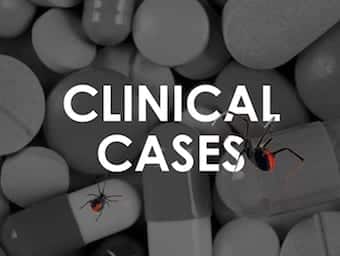
Poisoning by a mercury thermometer
Your next patient is an 80 year old man suffering from Alzheimer's dementia. He was brought into the ED by his wife and daughter who are his care-givers. He had a recent catheter-associated urinary tract infection and his daughter was checking his temperature orally with a mercury thermometer 30 minutes previously.

